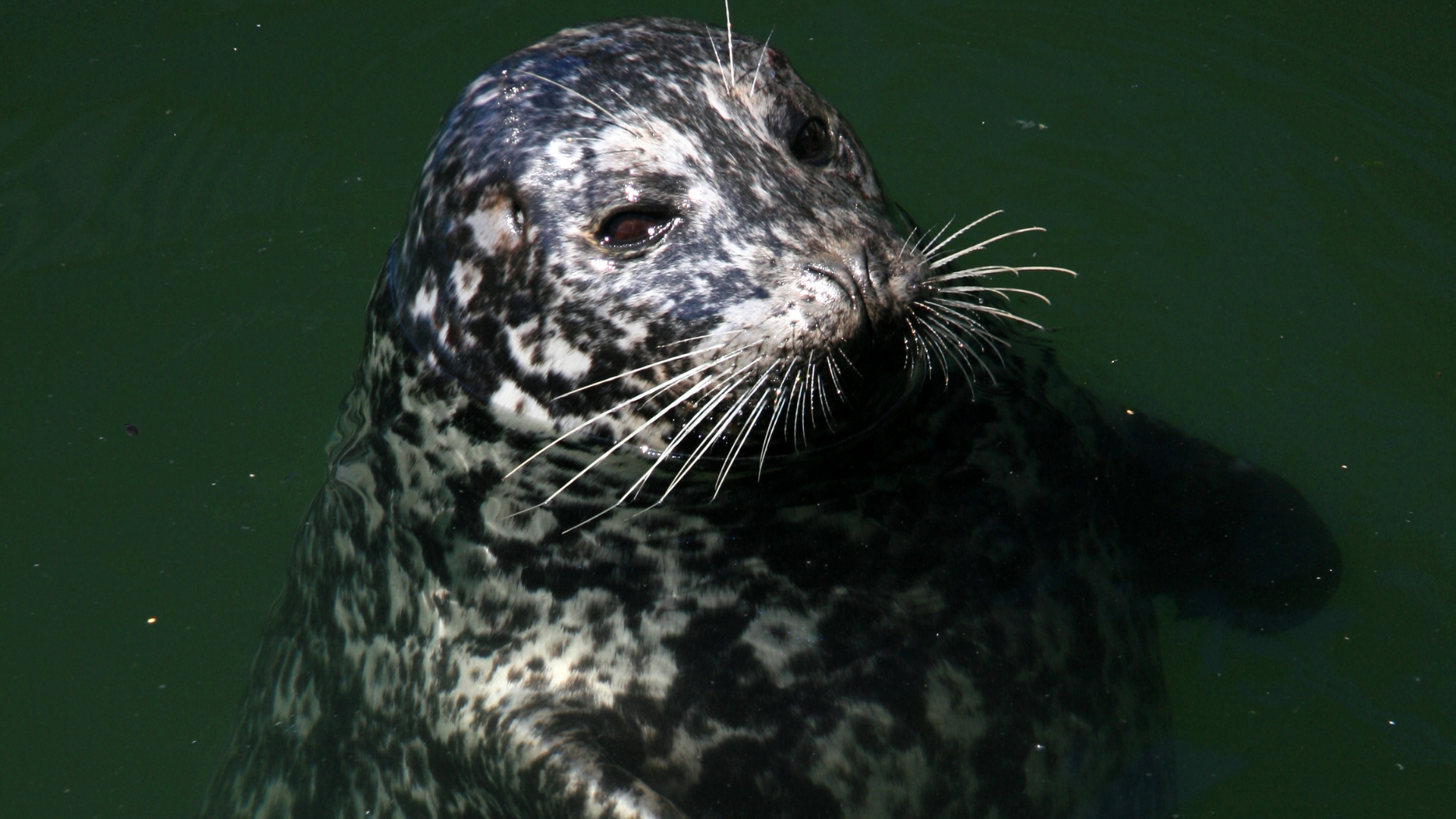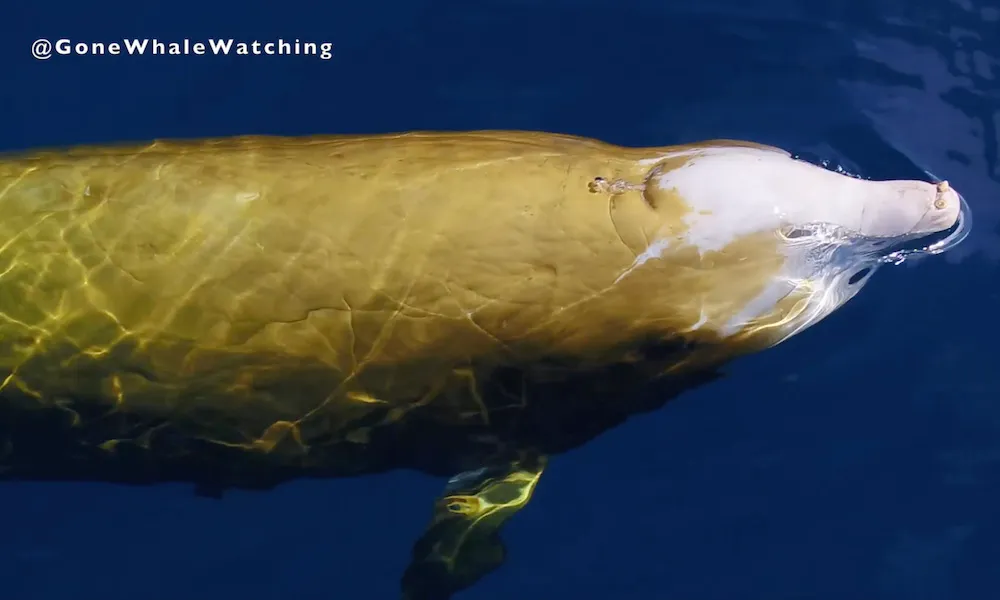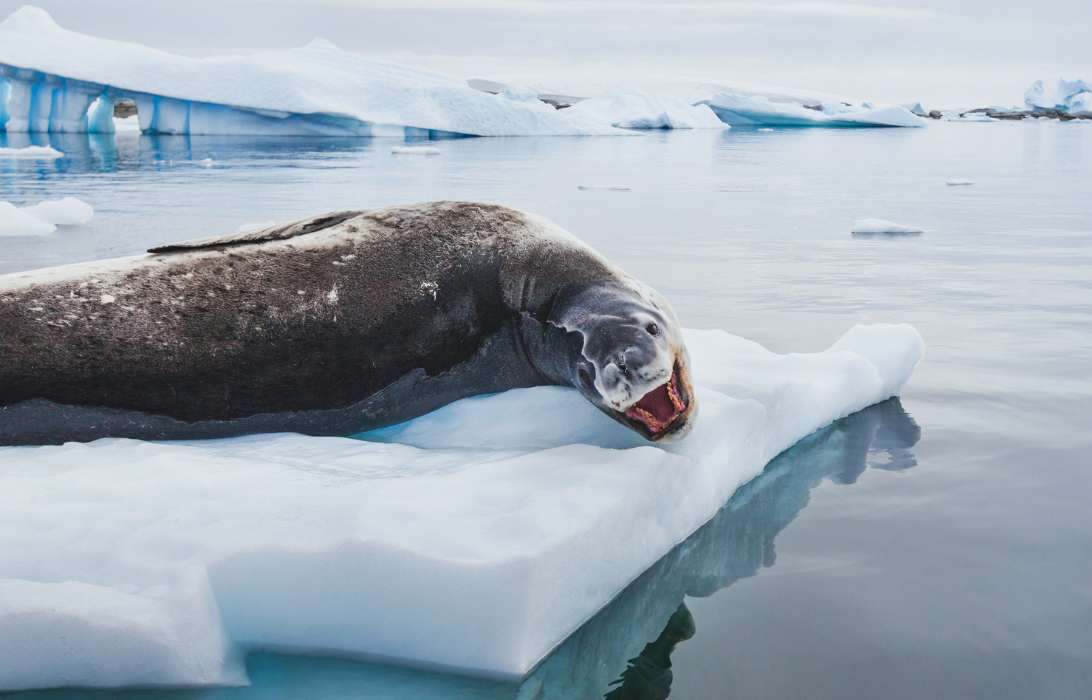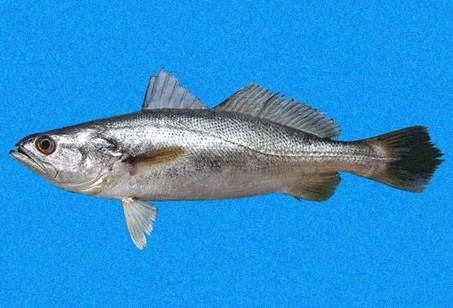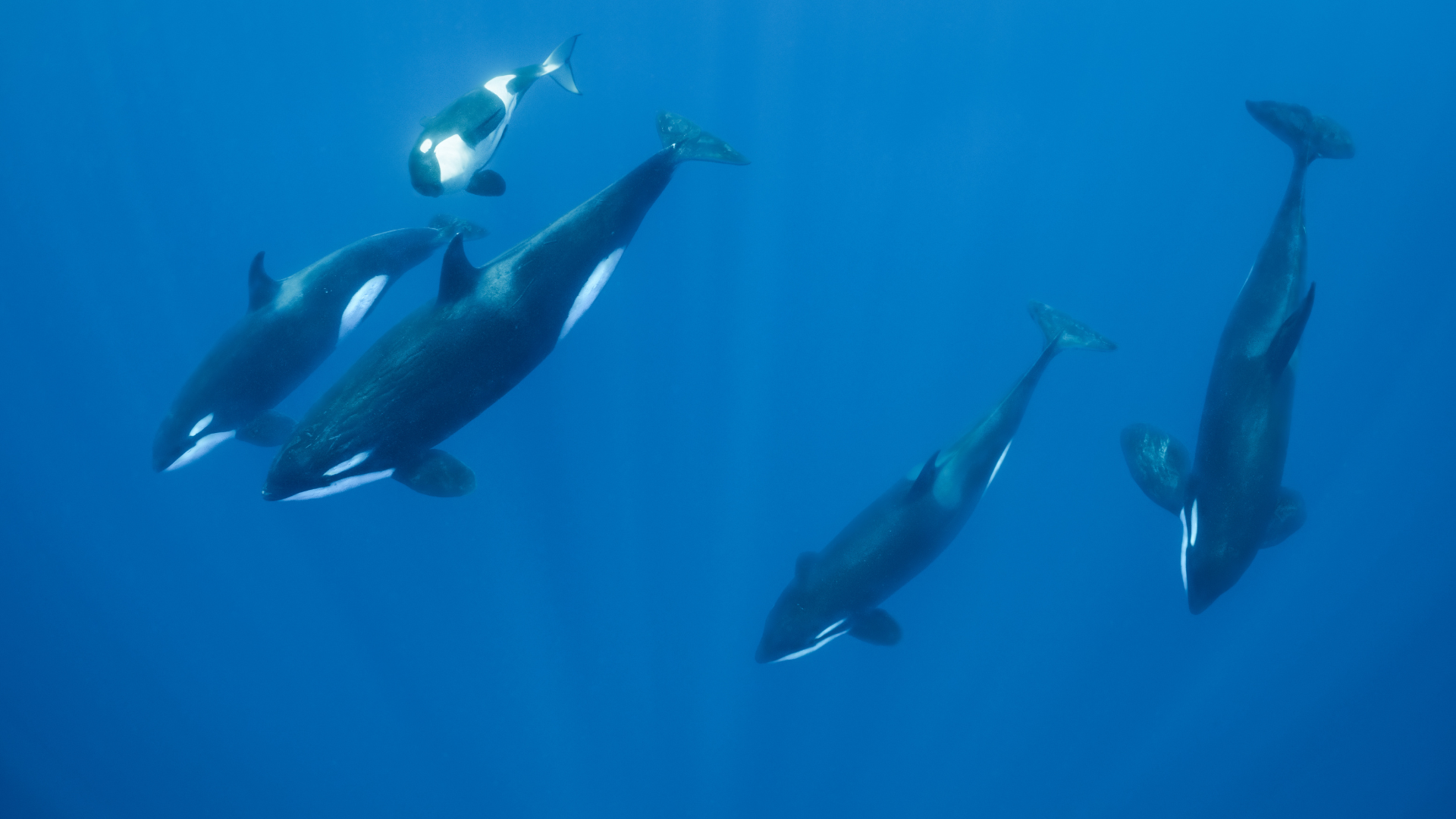Sounds of the Humpback Whale
Humpbacks primarily depend on sound for sensory perception & communication. The humpback whale song, a complex acoustic display unique to the animal kingdom, can travel thousands of miles, with its reach depending on the frequency. This song is crafted by individual males, each adding their unique touch to a series of repeating patterns. Over time, these songs can change, demonstrating a level of learning and adaptation that is rare in the animal kingdom. While male humpbacks are known for their songs, females and calves communicate using different sounds. In particular, mother humpbacks and their calves engage in a form of communication that can be described as a “whisper.” These low-frequency sounds are quiet enough to avoid detection by predators. This unique way of communicating underscores the complexity and adaptability of these magnificent creatures. Listen for yourself in the audiographs below!

© Thomas R. Kieckhefer
Humpback Calf whispering © Peer Madsen
Sounds of the Humpback Whale
Humpbacks primarily depend on sound for sensory perception & communication. The humpback whale song, a complex acoustic display unique to the animal kingdom, can travel thousands of miles, with its reach depending on the frequency. This song is crafted by individual males, each adding their unique touch to a series of repeating patterns. Over time, these songs can change, demonstrating a level of learning and adaptation that is rare in the animal kingdom. While male humpbacks are known for their songs, females and calves communicate using different sounds. In particular, mother humpbacks and their calves engage in a form of communication that can be described as a “whisper.” These low-frequency sounds are quiet enough to avoid detection by predators. This unique way of communicating underscores the complexity and adaptability of these magnificent creatures. Listen for yourself in the audiographs below!
© Thomas R. Kieckhefer
Humpback Calf whispering © Peer Madsen

Humpback Whale Facts
LATIN NAME Megaptera novaeangliae
LENGTH 12–16 metres (39–52 ft)
WEIGHT 36,000 kilograms (79,000 lb)
LIFETIME Not sufficient information to confirm age
PHYSICAL TRAITS Stocky, humpback, black dorsal coloring, head and jar are covered with tubercles (hair follicles), black and white tail fin, pectoral fin has unique patterns
BEHAVIOR Vocal, acrobatic – breaching and slapping the water, migratory, social, Humpbacks feed only in summer, in polar waters, and migrate to tropical or sub-tropical waters to breed and give birth in the winter, alone or in small transient group
HABITAT Ocean, from polar to tropical waters
LOCATIONS North Pacific, Atlantic, and Southern Ocean humpbacks have distinct populations which complete a migratory round-trip each year. The Indian Ocean population does not migrate, prevented by that ocean’s northern coastline.
FOOD Krill, small fish
PREDATORS Orcas, some sharks during birthing, Japanese whalers on occasion



